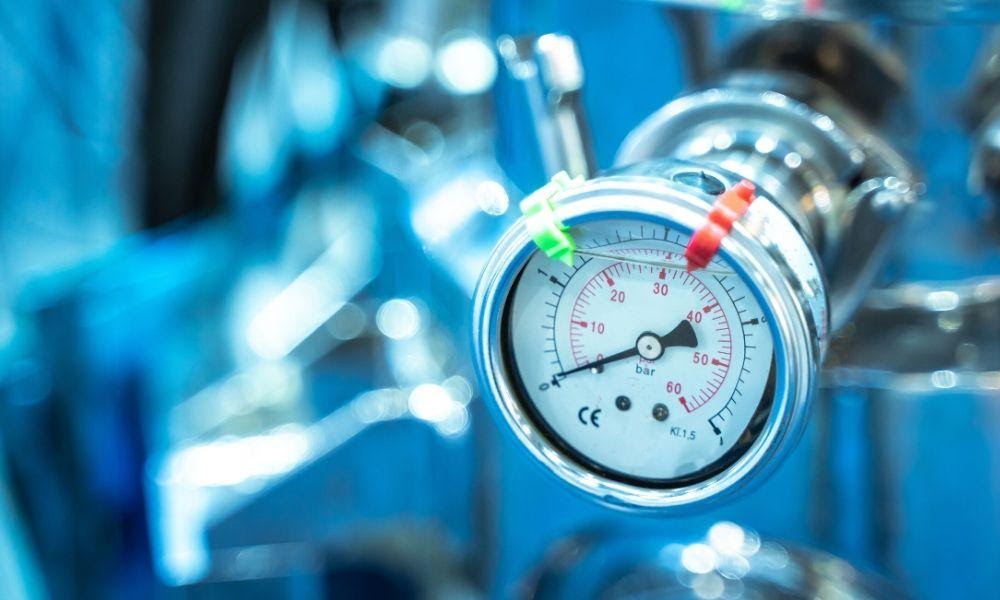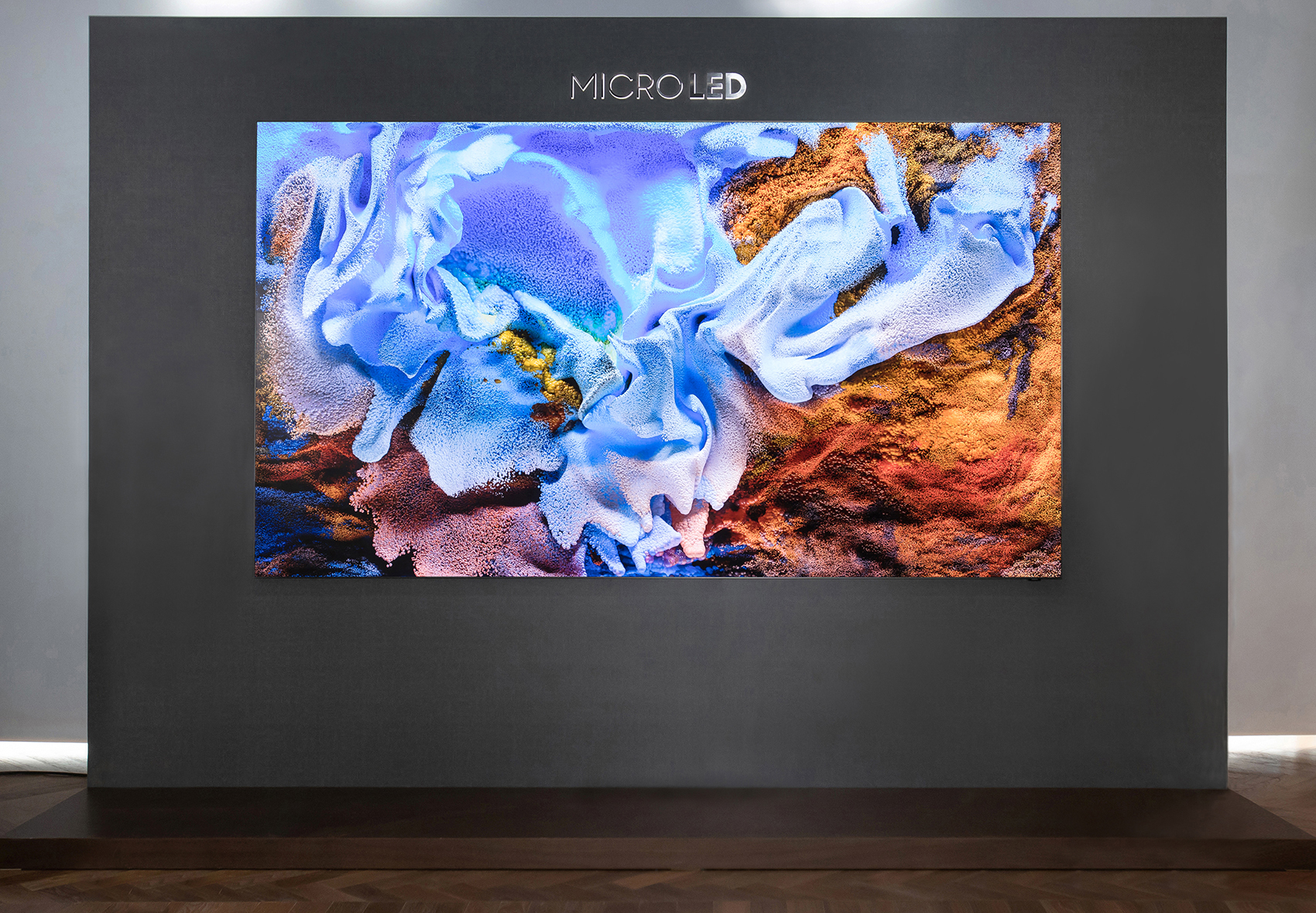What Is an Open-Loop Control System?

The function of any electronic system is to automatically regulate output and keep it within the desired set point. If the input changes at any time, for any reason, the output of the system must respond accordingly and change itself to adjust to the new input value. To accommodate these changes, engineers use different control systems when designing their machines. There are closed-loop and open-loop control systems that accomplish the same thing. What is an open-loop control system? We will discuss it here.
Open-Loop Control System
If the system output is disturbed without any change to the input value, the output must respond by changing back to the previous set value. In the past, electrical control systems were manual, or what is today called an open-loop system. There are very few automatic controls or feedback features built in to control the process variables to maintain the output value. The open-loop system is also called a “nonfeedback system.” This means that there is no feedback coming from the system to adjust for the end value. The open-loop system exerts continuous control in which the output has no influence on the control action of the input signal. It is expected to follow through on the input command regardless of the result.
A Practical Example
Think of your clothes dryer as an example of what an open-loop control system is. Depending on how many clothes you’re drying and how wet they are, you put them in the dryer and set the timer for 20 minutes. You are the operator and the timer is the controller, and the idea is that at the end of 20 minutes, the clothes will be dry. The dryer will run for 20 minutes and automatically stop no matter how damp or dry the clothes are. In this example, the control action is the manual operator assessing the dampness of the clothes and setting the process (dryer) accordingly. The dryer is an open-loop system because it doesn’t monitor the condition of the output signal, which is the dryness of the clothes. The accuracy of the process is then dependent on the experience of the operator—meaning you. The user can adjust the drying process of the system by increasing the drying time at any point.




